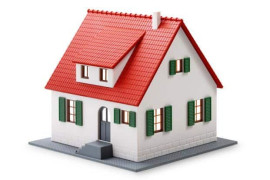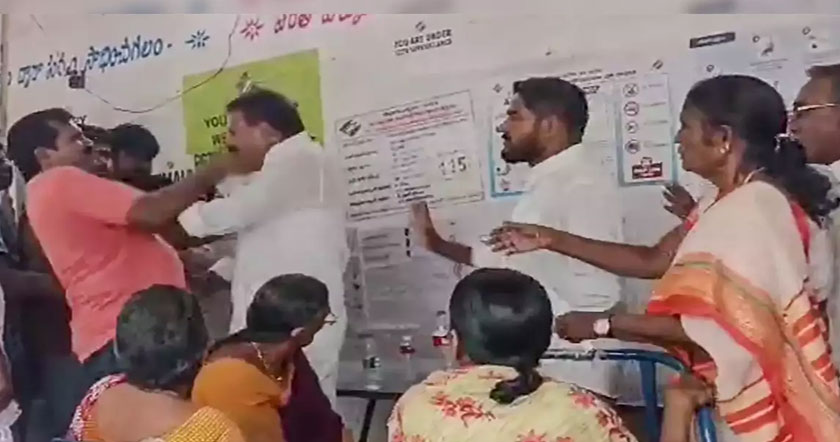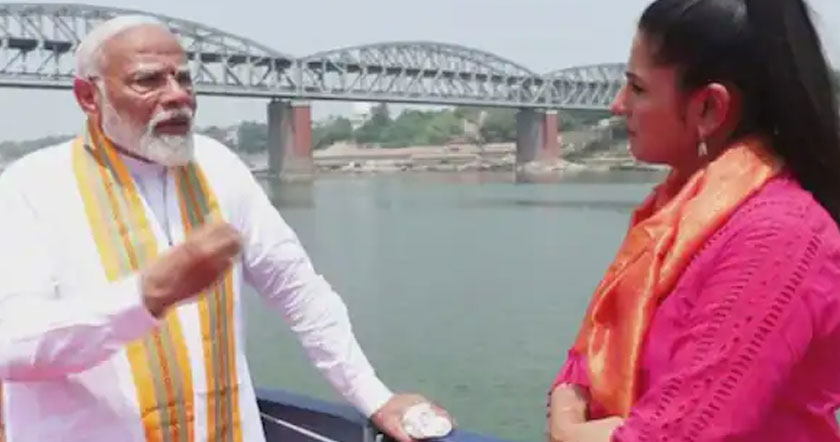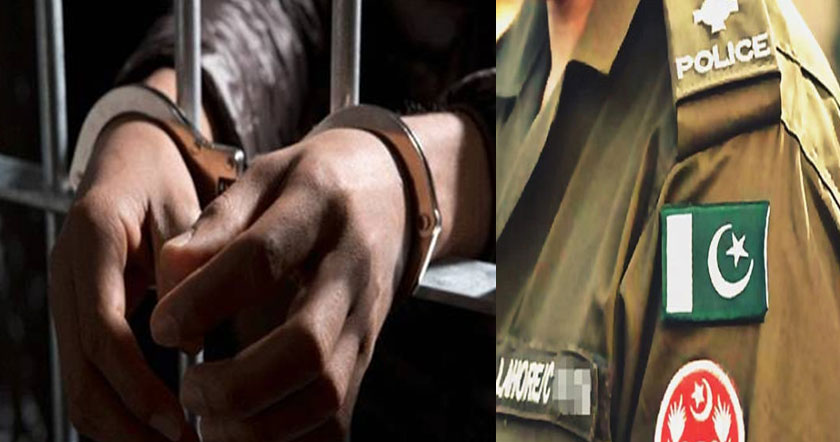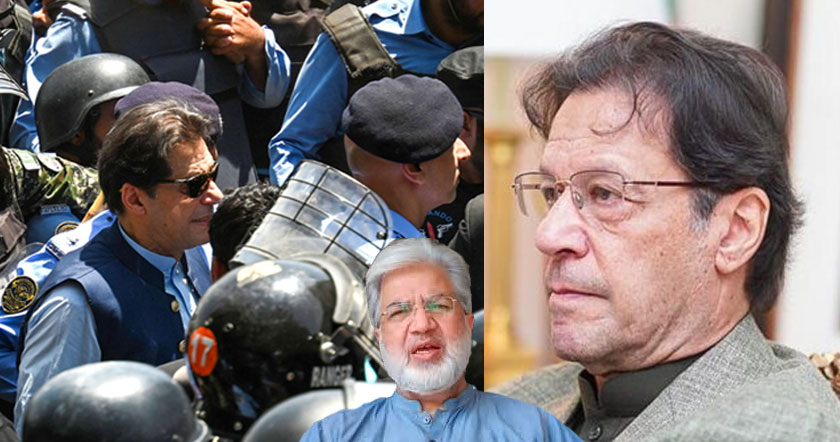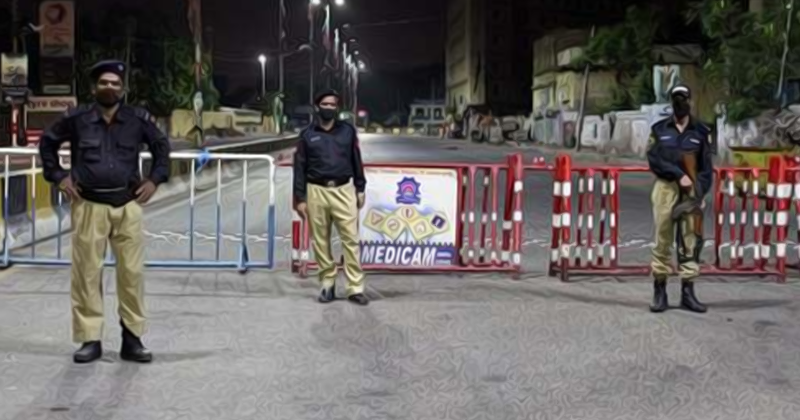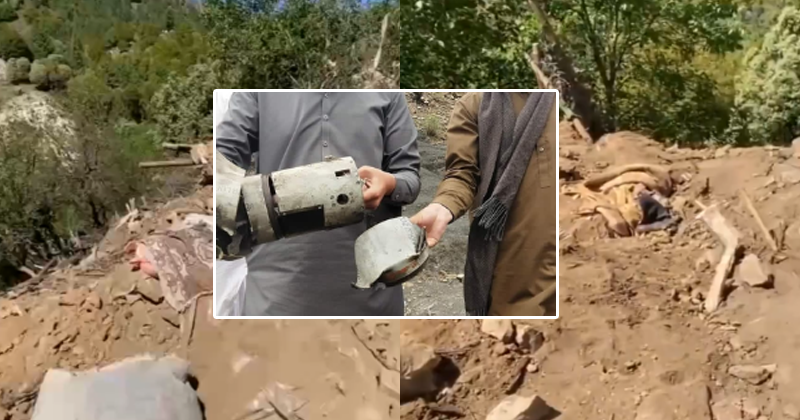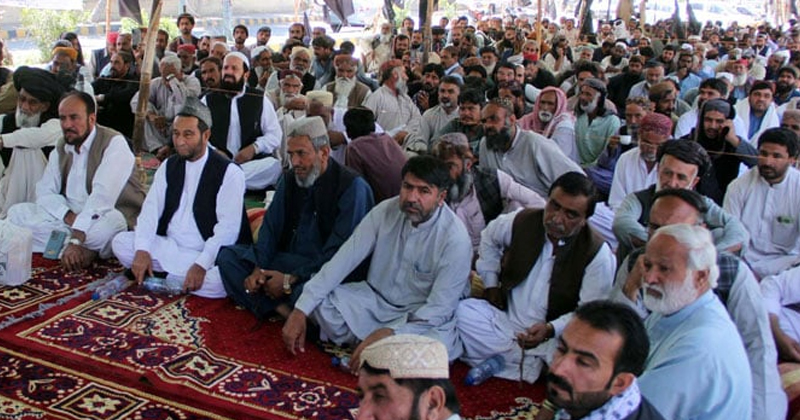
|
| Showkat Nanda took this picture of a young Kashmiri boy throwing stones at an armoured vehicle in the summer of 2009 just moments after another young boy, shot by Indian security forces, had died in his arms [Showkat Nanda] When I shot this picture in the summer of 2009, I remembered the image of a 15-year-old Palestinian boy, Faris Odeh, standing in front of an Israeli tank, alone, with just a stone in his hand. Ten days after Odeh's picture was taken, he was shot dead by Israeli soldiers in another stone throwing incident. He became a hero and his iconic image a symbol of Palestinian resistance against Israeli occupation. Then, I had not imagined that a Faris Odeh was being raised in every second home in Kashmir. My job as a news photographer has taken me to different places and diverse situations - safe, peaceful, violent and dangerous. But after the 2008 uprising, now known as Kashmir's second Intifada, my job led me to a place where death comes easily - the frontlines of a new form of resistance in Kashmir, the 'war of stones'. This appallingly disproportionate war entered its bloodiest phase during the summer of 2010, when it consumed more than 100 young lives. Kashmir's streets had become the battleground for this war in which young men and children carrying stones in their hands stood in front of armoured vehicles and heavily armed soldiers; eyeball to eyeball. A single hit in the head or chest could leave you on the ground, dead. Last summer's images of Kashmir often take me back a year to when, in the wake of the Shopian twin rape and murder, the valley was plunged into yet another period of unrest. The bridge of battle Cement Bridge in northern Kashmir's Baramulla town has become one of the symbols of resistance against Indian rule. The local people call it 'the bridge of battle' and some say the angel of death lives there for it has consumed so many young lives - mostly during violent clashes between protesters and paramilitary soldiers. One day I witnessed this for myself as a child of barely 12 years old lay in my arms, his life slipping away, breath by breath. It was a rainy afternoon and mild clashes were taking place between protesters and paramilitary forces. I was sat some 100 metres away from the bridge looking through photographs on my camera's LCD. Suddenly I heard a rumble of gunfire followed by loud shouts. I saw three or four youth coming towards me carrying an injured boy, his blood leaving a trail on the ground behind them. I ran towards them and took the blood-drenched, half dead child in my lap, pleading with the people around us to call an ambulance. Nearly a dozen desperate young boys formed a ring around us, each suggesting ways of saving his life. But I knew he was not going to make it. The bullet that had pierced the left side of his chest had left a gaping wound. He lay in my arms, blood oozing from his mouth. I felt choked but tried to smile as I told him he was going to be alright. He smiled back, perhaps in disappointment, for he knew I was lying. Tears welled up in my eyes but I looked up at the sky as I tried to stop them from falling. I did not want my eyes to convey that his death was near, very near. The second time I looked up at the sky to hold back my tears, I felt a freezing numbness in his body. His smile had turned into a ghastly stare. He was dead. Hundreds had already gathered, shouting 'Shaheed ki jo mout hai, Woh qaum ki hayat hai' - meaning 'the death of a martyr is life for a nation'. I did not know him or his name. But before he was taken away, he was able to rest in peace in my arms for a moment. This must be the peace India keeps talking about, I thought. Death of innocence, birth of defiance I wanted to scream. I wanted to throw stones. Not one, not two, but millions of them. But, apart from clenching my teeth, I could do nothing. With the burden of journalism hanging around my neck, I felt powerless. It was dangerous for a journalist to take sides, I had been told. By now the battleground had been deserted; no one dared face the soldiers in case they should open fire again. But just a few minutes later a small child appeared as if from nowhere. He ran towards the paramilitaries throwing stones at their armoured vehicle, seemingly without worry about being chased, beaten, arrested or shot. I overheard somebody say that the stone-throwing boy had been a schoolmate of the one who had just died in my arms. In those few moments I had simultaneously witnessed the death of innocence and the birth of defiance. Here was a child challenging a mighty state with just a stone in his hand. That is when I shot this image and left the spot with the dead boy's blood on my clothes. Every night I would dream of the boy who died in my arms and think of revenge. I felt restless whenever the image of his lifeless face appeared before my eyes. And I would stare at the picture of his stone-throwing schoolmate for hours; the boy's defiance seemed to represent my emotions. The more I looked at it, the more it seemed to convey. In his act, I could feel a blatant rejection of the lies imposed upon these children. Through every pebble he tossed at the bulletproof vehicle, he seemed to be saying: "Look, I am in front of your gun barrel for a purpose, and by choice. I am not an accidental revolutionary getting paid for every stone I throw, neither am I a misguided puppet as the world is made to believe. I am not a suicidal maniac either, obsessed with coming out of this dreadful game of death as a martyr. I am here demanding a different life - a life where the land I belong to exists as a nation on the map of the world; where I do not live and die with an uncertain identity. A life where there are no bunkers, no checkpoints and no barriers of coiled razor wire; where I am not greeted by gun-wielding soldiers on my way to school; where my parents are not humiliated every day; where my tiffin box and school bag are not searched for weapons; where I am not killed in a playground with a cricket ball still in my hand; and where I am not thrown into the shadows of despair and frustration." Ultimately, thus, he became my hero, my Faris Odeh. A bullet for a stone For youngsters like him, throwing stones expresses the anger they have long been harbouring against those they see as usurpers of their land. It is their way of knowing and identifying with the problems of their homeland. It becomes an antidote to the horrors they have suffered ever since they were born; horrors which nurture an early political awareness, making them more rebellious than my own generation born during the 1980s. I remember how, during the early 1990s when I was I child, my parents never allowed me to take part in anti-India demonstrations for fear that would mean not returning home alive. In those days, government forces would often fire indiscriminately upon demonstrators. After the deaths of my brother and teenage cousin, my parents would warn me that the family could not afford another martyr. But I would ignore their warnings, wearing slippers on my hands to escape quietly via back windows, to go and join the demonstrations. But I never pelted stones. In the presence of the gun it seemed such a futile and dangerous pastime. Two decades on, what I have found is an immense transformation or rather an intensification of almost everything - of the anger felt and the methods of resistance employed. Back then it was a bullet for a bullet; now it is a bullet for a stone. Then parents would prevent their children from joining the protests, now they encourage them. They have no other choice; they cannot see their children cocooned into a political breathlessness. This political suffocation has turned everyone into a rebel. And I am no exception. In August 2010, I was covering a demonstration in Baramulla organised to protest against recent killings. The procession, which included hundreds of elderly men and children, was so large that its head and tail were almost half a kilometre apart. The boys were advised by their elders to be peaceful and disciplined and they obeyed. When the procession reached the Cement Bridge, the protesters found that a bevy of policemen and paramilitary soldiers sitting strategically in packed rows, shoulder to shoulder, had blocked their way. Behind them stood a couple of armoured vehicles with menacing multi-barrel teargas launchers on top. The protesters stopped nearly 30 feet away from the airtight barrier of uniformed men and sat down peacefully for they knew they would not be allowed to proceed further. On the other side, the soldiers looked intently through their translucent shields at the slogan-raising protesters. Suddenly, I heard a deafening bang, then two, then three until there was complete confusion. I could see a barrage of stun grenades and teargas canisters flying over my head. Then I heard the sound of gunfire. Everyone ran, coughing. I also ran with my eyes closed and my hands covering the back of my head to prevent it from being hit by a teargas shell. Crying children, shouting people and thousands of pounding feet created chaos. With my throat stinging from the smoke and my eyes still closed, I thought of a news anchor who, on an Indian news channel the night before, had said: "The security forces only fire in self-defence. If they don't, they could be lynched by the frenzied mob." I felt a rage building up inside me against not only the soldiers but the TV news anchor as well. With my eyes half shut, I could faintly see a dense fog of teargas smoke and anger. Some of the elderly protesters and a few children had collapsed on the ground and the whole situation had developed into a confrontation with hundreds of protesters, young and old, throwing stones at the paramilitaries. Haunted by the hellish images of Kashmir The moment I opened my eyes fully, I found myself at the exact spot where, a year before, the wounded boy had died in my arms. I felt breathless as I thought of him. I remembered his smile and his frail, blood-drenched body. I remembered all the pictures, thousands of them, I had taken of dead children, wailing mothers, humiliated fathers and destroyed homes - the pictures which had been haunting me for years. Kashmir's hellish images seemed to follow me - like the macabre image of a father being showered with kicks and blows as he tried to protect his dead son's body from being desecrated. I also remembered the last kiss my brother gave me just days before he was killed and my teenage cousin who was shot dead at the same place during a protest 20 years earlier. I remembered the pain and bloodshed of my people. Each image flashed before my eyes and I felt angry, really angry. I did not want to live with this anger forever. The journalist in me tried to calm my emotions down. Words like unbiased, neutrality and objectivity passed through my mind. But the rage I felt overwhelmed them. By being merely a witness to the events around me, I felt I was being the most subjective person on earth. It seemed the worst degree of partiality, almost a crime. The most valuable lesson of being neutral that I had been taught as a journalism student seemed so ridiculous here. I remembered the journalist in the Oscar-winning Bosnian film No Man's Land, saying: "Neutrality does not exist in the face of murder. Doing nothing to stop it is, in fact, choosing, [it] is not being neutral." I looked around and took the most edgy stone I could find in my hand. It felt firm and satisfying. I held it in my hand - a piece of solid joy, not a dream. Proceeding to throw it at what Kashmiris see as the symbols of occupation, I stood at the same spot where the boy is seen in my picture. I confess I felt completely transformed - from an emasculated snap-shooter into a man of stone. I deliberately aimed my stone at a bulletproof armoured vehicle. I did not want to harm a soldier. I just wanted to give an expression to my rage and to keep alive in me, what the Palestinian poet Mahmoud Darwish, called the "disease of hope". Then I picked up more stones and threw them. It was not a futile pastime anymore. Here I was amidst my own people and emotions; away from the platitude of false rhetoric, the impotence of political handshakes and the sterility of dialogue tables, which I had once believed could lead us out of the shackles of 60 years of political uncertainty. That day I felt like a hero. Then I thought of the real heroes - hundreds of little Kashmiri children just like the boy in my picture. Whenever I look at this picture, one thing always comes to my mind - the courage of a stolen childhood and, of course, the pain of a stolen land. What became of this faceless boy is still a mystery to me. A few hours after I took this picture, someone told me that two more young boys were shot dead later that day, not far from the place where this boy was standing. Since then I have tried hard to trace him but without success. Whether I would be able to find him again or if he too met the fate of Faris Odeh, I do not know. Showkat Nanda is an award-winning Kashmiri freelance photojournalist. The views expressed in this article are the author's own and do not necessarily represent Al Jazeera's editorial policy. |
| Source: Al Jazeera |
KhanHaripur
Chief Minister (5k+ posts)
Last edited by a moderator:









